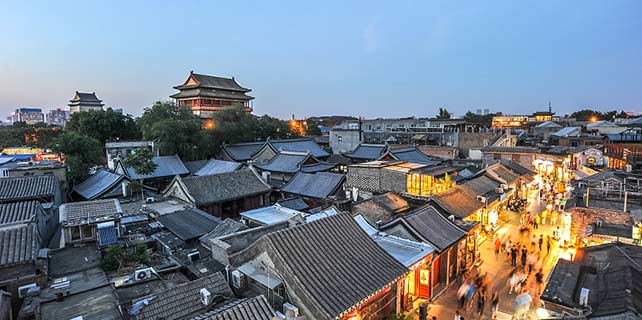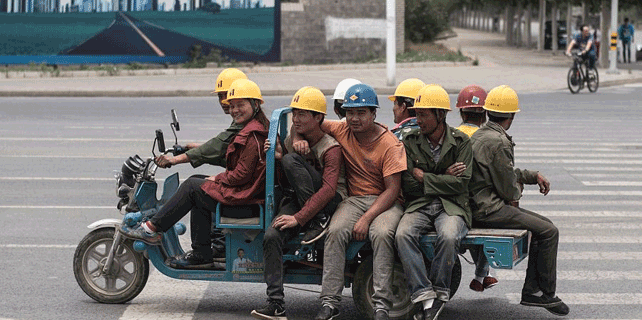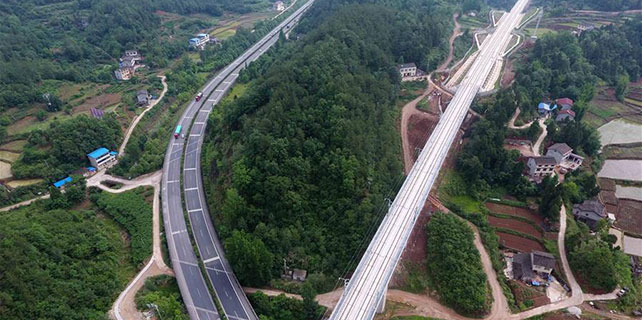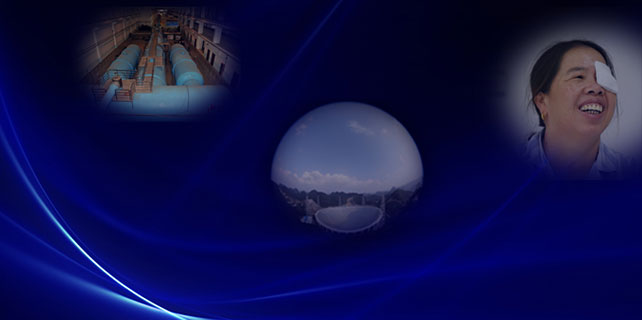A warm welcome for Mickey & friends
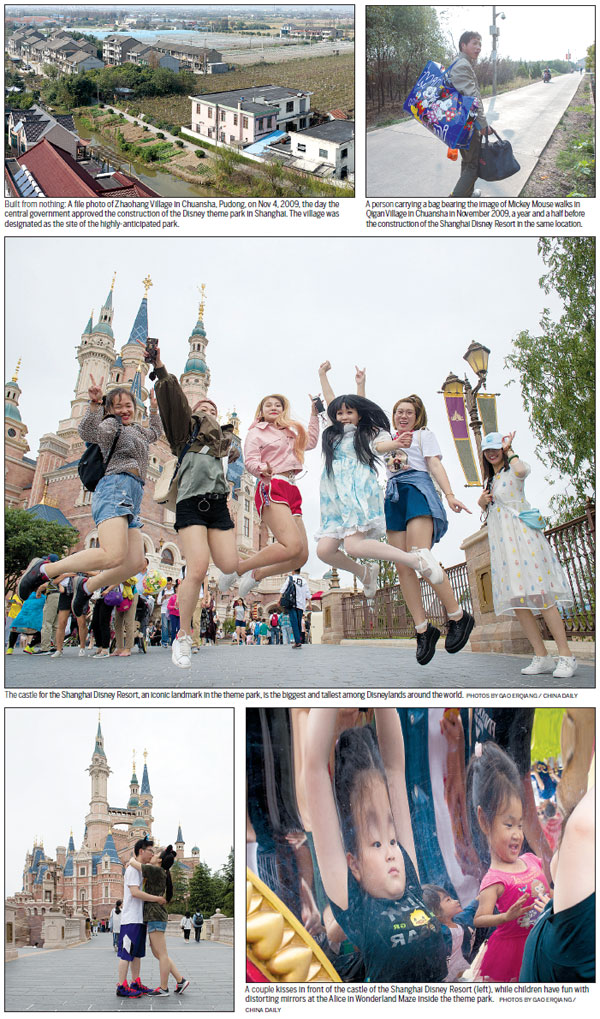
The $5.5 billion Shanghai Disneyland posts credible performance in its first year, having hit the 10 millionth visitor mark and being hailed as one of the factors behind the company's growth in operating income
Though Disney has for decades been ranked among the world's most recognizable brands, it is not always an instant hit in foreign markets.
In 1992, Disneyland in Paris was unveiled to lukewarm reception as the French were wary of an invasion of American culture led by Mickey Mouse and friends.
The brand faced a similar reception when it opened another Disneyland in Hong Kong in 2005. Things only started to improve after it expanded its menu offerings to include more Asian food and slashed ticket prices.
The brand's latest $5.5 billion theme park in Shanghai, however, looks to have hit the ground running in the world's largest consumer market.
On May 19, about a month before its first anniversary on June 16, Shanghai Disneyland announced that it had welcomed its 10 millionth visitor. Walt Disney Co's chief executive officer Robert Iger said that visitor numbers had outpaced "our most optimistic projections" and that the park's performance "is exceeding our expectations".
Shanghai Disneyland's visitor numbers in the first 11 months would have placed it among the top 10 amusement parks by attendance in 2016, based on statistics from the Themed Entertainment Association (TEA). In 2016, the annual visitor numbers for Disney's Hollywood Studios in Florida, which took eighth place, was slightly beyond 10 million. The themed park in Shanghai was not included in the list because it only started operations last June.
According to Disney, the theme park in Shanghai - the most expensive one ever built by the brand - was one of the drivers behind the company's 20 percent growth in operating income in the quarter that ended on April 1. Disney also said that the Shanghai resort is closing in on breaking-even within its first fiscal year.
Multinational consultancy Aecom said in its report released earlier this year that the park's opening has proven to be a watershed event and the current performance has underscored the depth of opportunity the Chinese market represents.
Shanghai Disneyland's ability to draw the crowds can be attributed to several factors. For instance, the brand went to great lengths to ensure that the park featured unique Chinese elements not found in its other parks.
In light of the city's ageing population, the Shanghai resort also features a garden in the center of the park designed for elderly visitors.
From the peony flower on the turret of the centerpiece castle to the garden featuring Disney versions of the Chinese zodiac animals, it is clear the company has placed much focus on localization.
Shanghai Disneyland also came at a time when social media was and still is booming in the country. Visitors to Shanghai Disneyland often arm themselves with "must-see" lists derived from numerous social media sites as well as the brand's own indigenous mobile app.
It remains to be seen if Shanghai Disneyland will be able to maintain its performance, seeing how it faces growing competition from domestic companies.
The US brand is, according to the Chinese billionaire Wang Jianlin, surrounded by "a pack of wolves", referring to the existing Chinese theme parks that have posted credible performances over the years.
Wang's own Wanda Group is also planning to introduce a slew of new theme parks over the next few years.
Three Chinese companies, OCT Parks China, Fantawild and Chimelong Group were ranked among the world's top 10 theme park operators last year, according to TEA. These companies were also the only ones that enjoyed double digit growth.
For now, foreign and domestic theme parks have been able to co-exist peacefully. Despite competition from Disneyland, the OCT Happy Valley park in Shanghai nevertheless experienced a 2.1 percent surge in attendance last year.
One of the reasons behind this is the use of different pricing strategies that aim to draw different target audiences. Wang's first theme park in Jiangxi province will charge 198 yuan ($30) on most days and 248 yuan on weekends and holidays - nearly half the price of Disneyland tickets.
According to Paul Noland, president and chief executive officer of the International Association of Amusement Parks and Attractions, another reason lies in the fact that many people believe international brands offer an authentic park experience.
Despite the current economic slowdown, China's theme park industry is still poised to experience major growth thanks to rising incoming levels. According to ANZ Bank, China's middle class will more than double its spending by 2030, lifting consumption as a portion of GDP to nearly 50 percent from 38 percent in 2014.
Industry experts point out that a mature holiday economy normally emerges when GDP per capita reaches $5,000. In 2015, the national average stood at around $7,900.
In Shanghai last year, the figure was $17,120. Real estate service group Coliers International also expects theme park attendance in China to surpass that in the United States to become the world's largest by 2020.
hewei@chinadaily.com.cn







